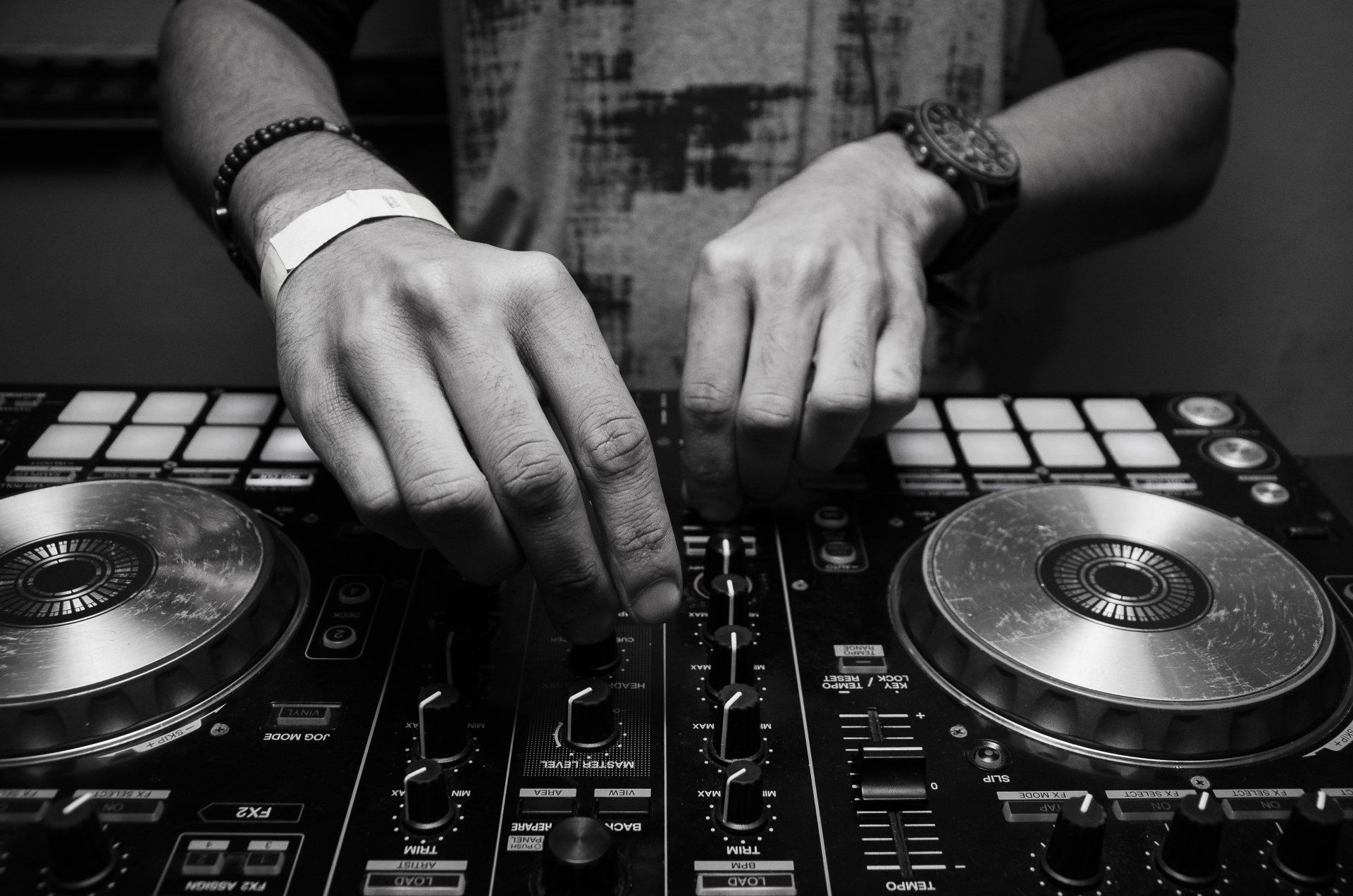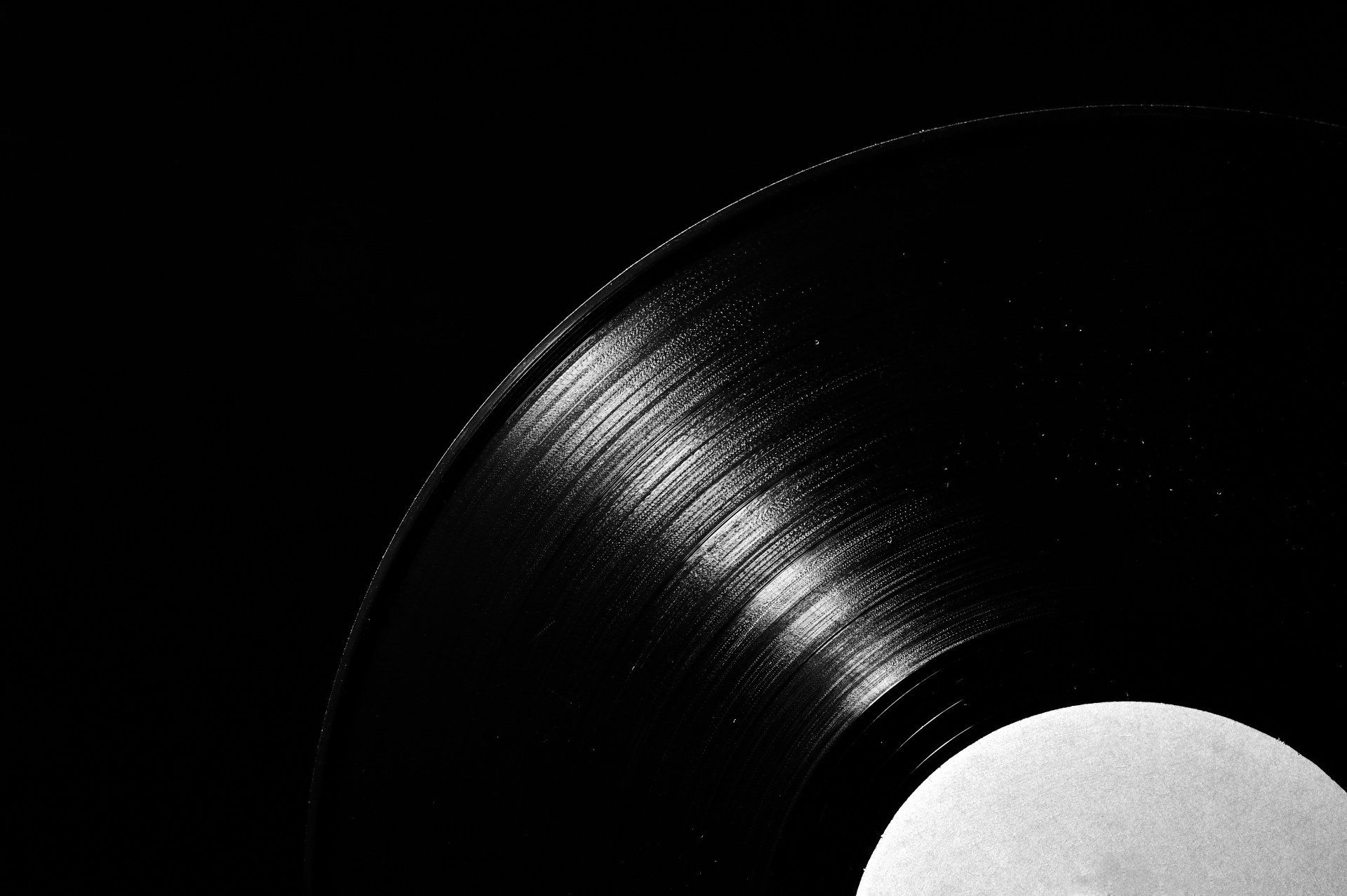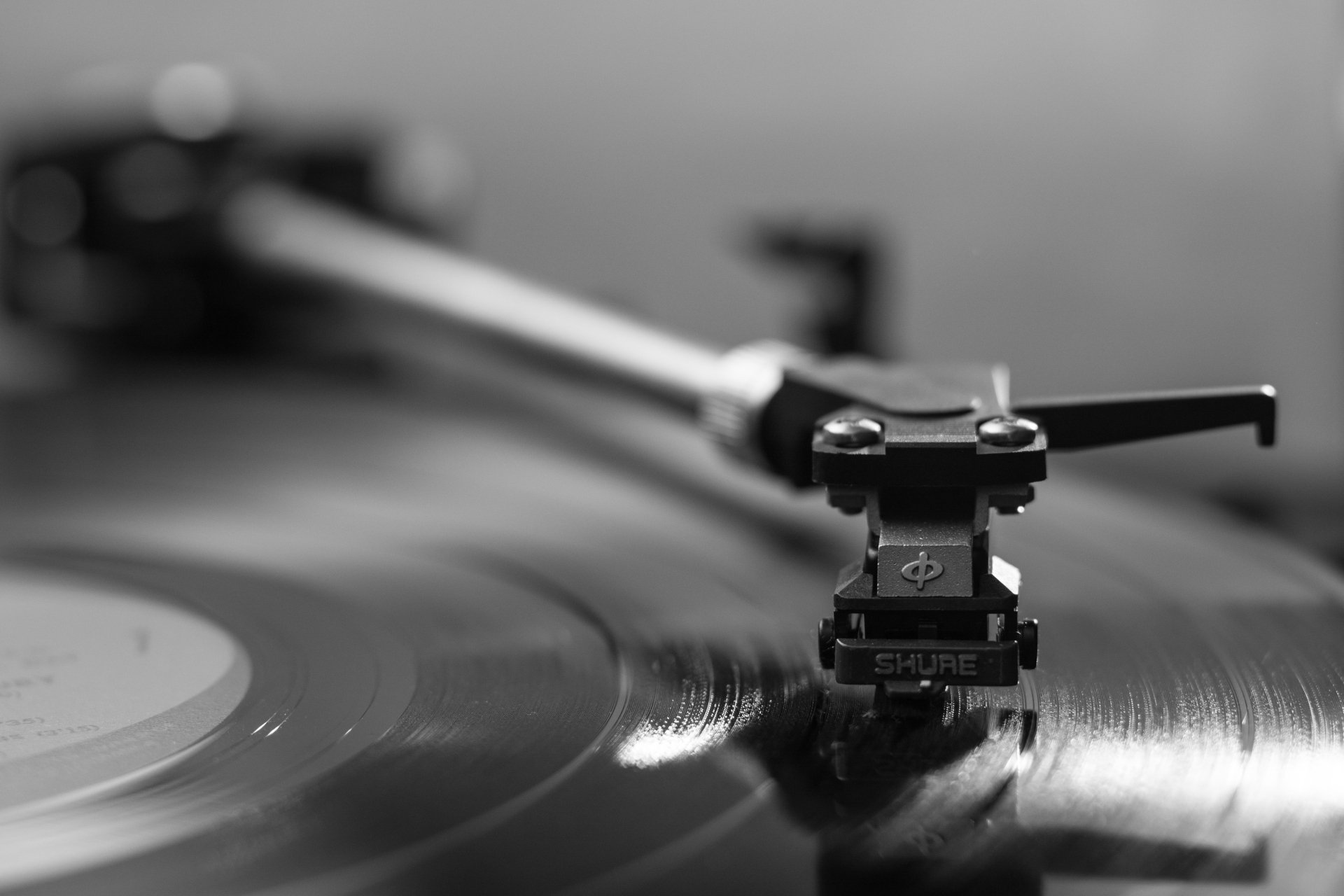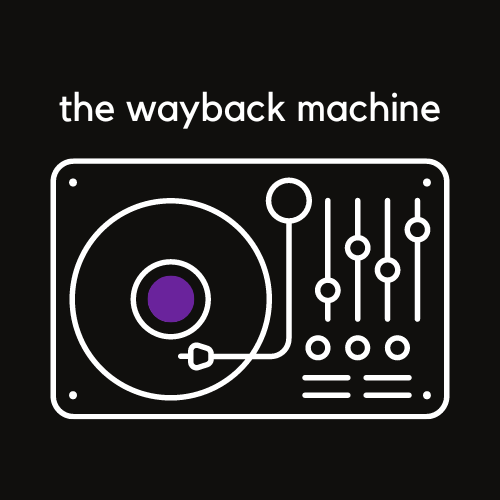Music Musings
Club music has evolved over the years, with different eras showcasing distinct styles and trends. Here are some notable dance music eras in the realm of club music: Disco Era (late 1970s): Disco marked a significant era for club music. It featured a fusion of funk, soul, and pop elements with a focus on danceable beats and energetic rhythms. Disco tracks were often characterized by lush orchestration, prominent basslines, and soaring vocals. Artists like Donna Summer, Bee Gees, and Chic dominated the disco scene. Chicago House Era (1980s): The Chicago House era emerged in the early 1980s and laid the foundation for modern electronic dance music. House music is characterized by repetitive beats, synthesized basslines, and soulful vocals. Pioneers like Frankie Knuckles and Marshall Jefferson were influential in shaping the Chicago House sound and popularizing it in clubs. Acid House Era (late 1980s): Acid house originated in Chicago but gained widespread popularity in the late 1980s in the UK. It is characterized by its distinctive squelchy and resonant electronic sounds produced by the Roland TB-303 synthesizer. Acid house tracks often had a faster tempo and incorporated elements of techno and electronic experimentation. Rave Era (1990s): The 1990s saw the rise of the rave culture, with large-scale dance parties characterized by energetic and immersive experiences. Rave music encompassed various genres like techno, trance, breakbeat, and hardcore. The era was defined by repetitive beats, euphoric melodies, and the use of sampling and synthesizers. Eurodance Era (1990s): Eurodance became immensely popular in the 1990s, especially in Europe. It featured catchy melodies, uplifting vocals, and energetic beats. Eurodance tracks often incorporated elements of techno, house, and pop music, creating a fusion that was highly danceable and accessible. Artists like Haddaway, Snap!, and Corona dominated the Eurodance scene. Trance Era (late 1990s to early 2000s): Trance music gained significant popularity during this era. It is characterized by its melodic and uplifting nature, often featuring ethereal vocals and soaring synth lines. Trance tracks typically had a slower tempo and a progressive structure, building up to euphoric peaks. Artists like Armin van Buuren, Tiësto, and Paul van Dyk became synonymous with trance music. Electro and EDM Era (2000s onwards): The 2000s witnessed the rise of electro and the subsequent explosion of Electronic Dance Music (EDM) in the mainstream. Electro music combined elements of house, techno, and synth-pop, featuring distorted basslines and heavy use of synthesizers. EDM, as a broader term, encompasses various genres and sub-genres, including progressive house, big room, dubstep, and more. These eras provide a glimpse into the evolution of club music, and DJs often draw inspiration from these styles to create dynamic and engaging sets that resonate with their audience. It's worth noting that contemporary club music continues to evolve and incorporate new elements, making it an exciting and ever-changing landscape for DJs.



